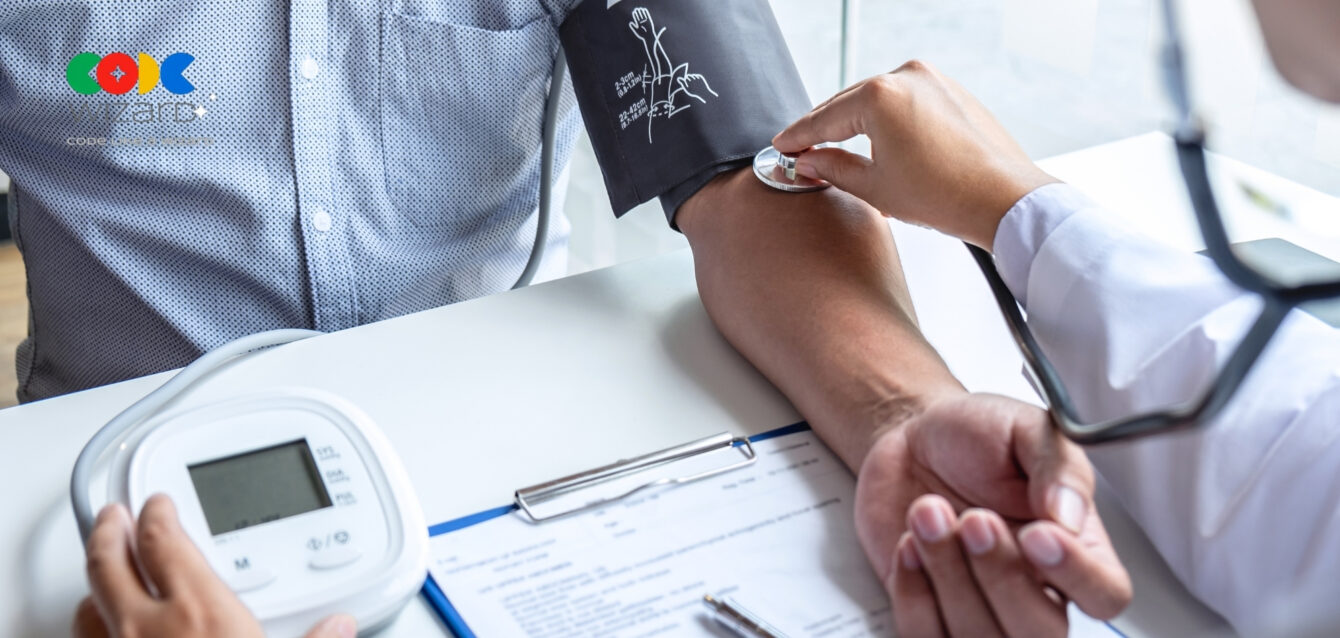Can Doctors Keep an Eye on Patients Without Seeing Them in Person?
Yes, they can. In fact, more and more doctors today are using smart tools to monitor their patients’ health, even when the patients are at home. These tools are called remote patient monitoring tools, and they’re becoming super important in 2025.
In this blog, let’s explore the top remote patient monitoring (RPM) tools that help doctors and hospitals take care of patients from far away. Whether someone has diabetes, heart problems, or is just recovering from surgery, these tools make it easier to stay healthy—even without visiting the clinic.
What Are Remote Patient Monitoring Tools?
Remote Patient Monitoring (RPM) tools are devices and apps that help doctors check a patient’s health from a distance. The patient might be at home, school, or even traveling—but the doctor still gets live updates.
RPM tools measure things like:
- Blood pressure
- Blood sugar
- Heart rate
- Oxygen level
- Body temperature
- Sleep patterns
The information goes straight to the doctor through healthcare software, so they can take action if something looks wrong.
Why Are These Tools Important in 2025?
Because they help:
- Catch problems early
- Reduce hospital visits
- Make patients feel safe at home
- Support elderly care or long-term treatment
- Save time for doctors and nurses
RPM tools are now part of many hospital management systems, helping clinics work faster and smarter.
Top Remote Patient Monitoring Tools for 2025
Let’s look at some of the best RPM tools being used this year:
1. Wearable Heart Monitors
These smart bands or patches track your heartbeat all day. They are great for heart patients. If something strange happens, the doctor gets a message right away.
Used for:
- Heart disease
- Post-surgery recovery
- Detecting irregular heartbeats
2. Blood Glucose Monitors (CGM)
These are used by diabetic patients. They measure blood sugar every few minutes and share the numbers through a phone app.
Used for:
- Type 1 and 2 diabetes
- Real-time alerts for low or high sugar levels
- Helping doctors adjust medications remotely
3. Smart Blood Pressure Monitors
These devices can be used at home and connect to a patient’s smartphone. The readings are shared with the clinic’s healthcare software.
Used for:
- Managing high or low BP
- Tracking trends over time
- Avoiding emergency room visits
4. Pulse Oximeters and Thermometers
Used to track oxygen levels and body temperature, especially for patients with infections or any other symptoms.
Used for:
- Elderly patients
- Breathing problems
- Early detection of fevers or infections
5. Remote Weight & Sleep Trackers
These tools help patients with obesity or sleep issues. The data helps doctors track progress without weekly visits.
Used for:
- Weight loss programs
- Sleep apnea or stress-related problems
- Children or teens with lifestyle issues
How RPM Tools Connect with Hospital Systems
All these tools connect with a hospital management system or digital patient monitoring dashboard. The doctor can:
- See daily health updates
- Send alerts or check-ins
- Share new advice or medicine instructions
- Add notes to the patient’s digital file
This works using smart healthcare software platforms that are built to keep everything organized and safe.
How Patients Benefit
Before RPM Tools | With RPM Tools |
Many clinic visits | Fewer, only when needed |
Health issues caught late | Problems found early |
Hard to remember readings | Auto-updated, shared with doctor |
Confusing advice | Easy instructions through apps |
Worry about going to hospital | Peace of mind from home monitoring |
Certainly, RPM tools are making patients more confident and doctors more efficient.
FAQ Section
1: What are remote patient monitoring tools?
They are devices and apps that track your health from home and send that data to your doctor in real time.
2: Are these tools safe for children or older people?
Yes. Many tools are made to be easy to use and work for people of all ages.
3: How do these tools connect to the doctor?
They use healthcare software or a hospital management system that stores and shares the data securely.
4: Can RPM tools stop emergencies?
They can’t stop every problem, but they help catch early signs so the doctor can act before it gets worse.
5: What if my internet is slow or doesn’t work?
Some tools store data offline and send it once your internet is back. Many clinics also offer offline data support.
Final Thoughts
Healthcare is changing—and it’s becoming smarter and more caring. With remote patient monitoring tools, doctors can take better care of patients without making them leave home. Patients feel safer, and care becomes faster and better.
Want to offer your patients the best care from anywhere?
Book a call with us to explore more.







